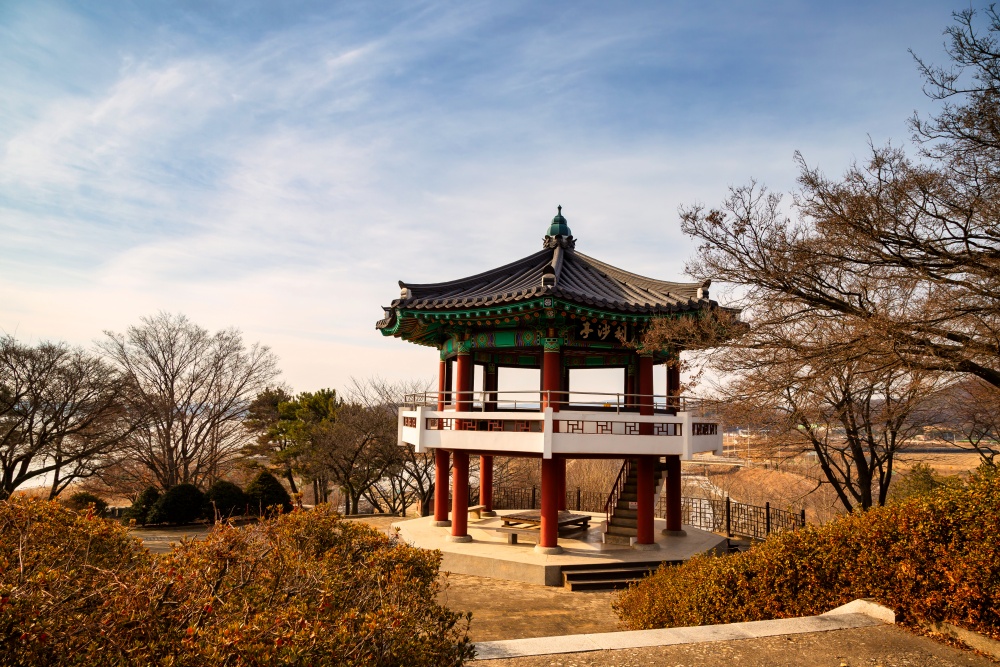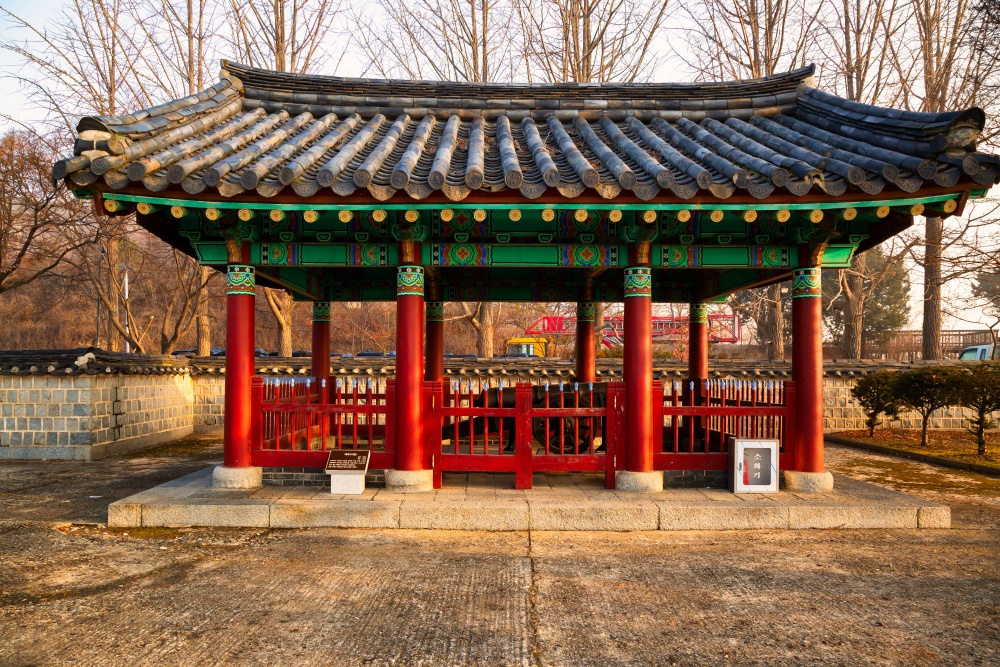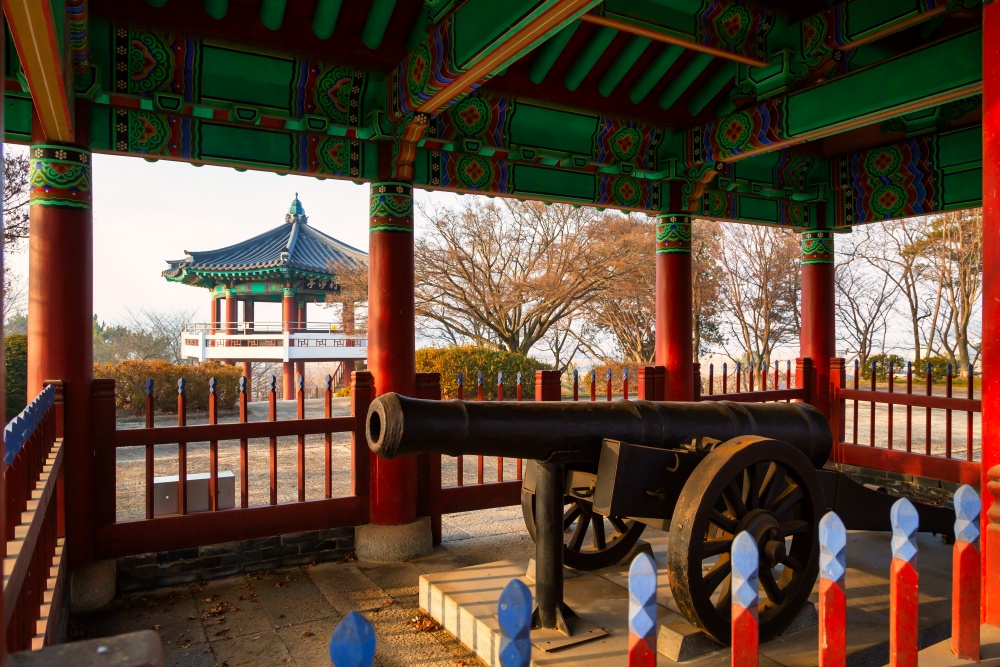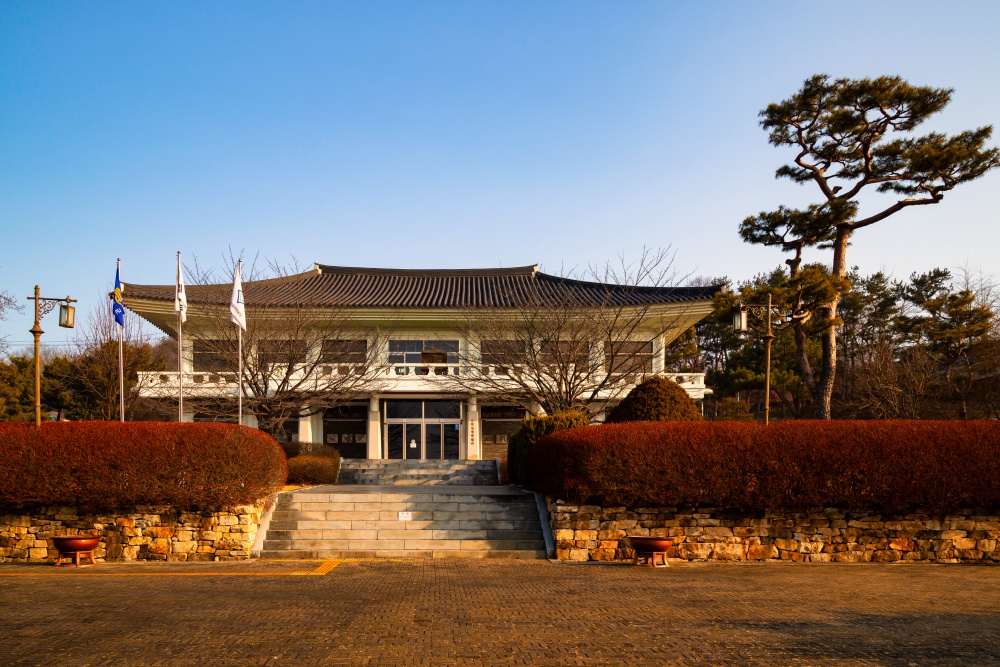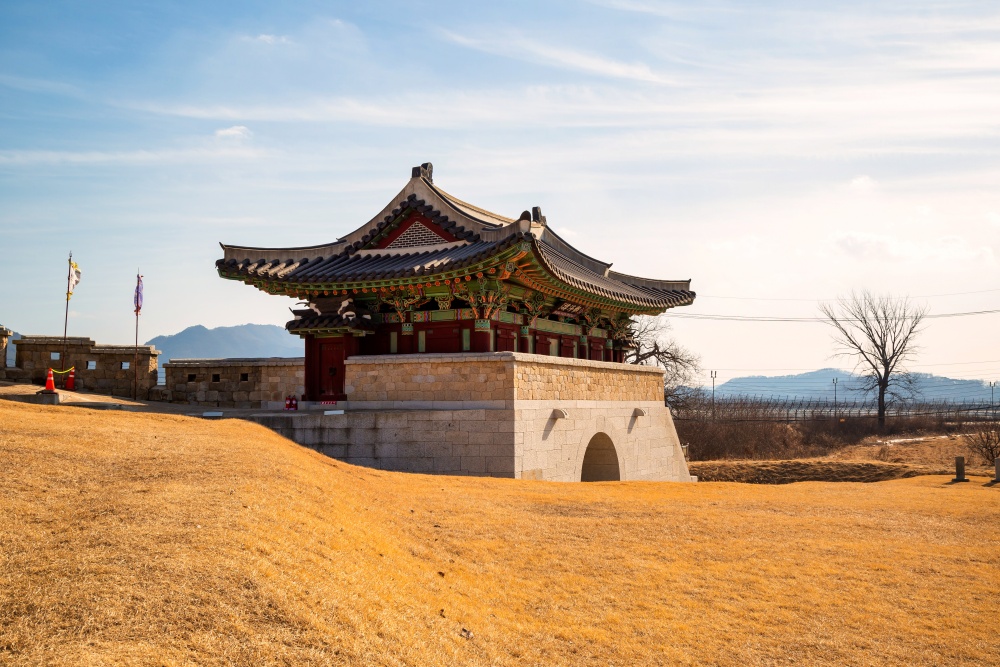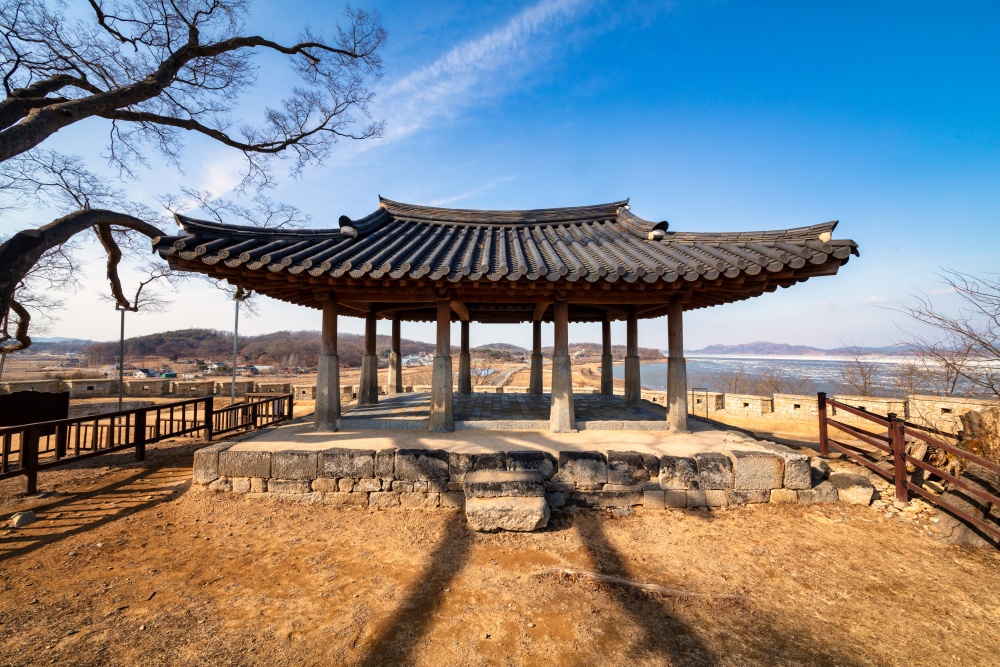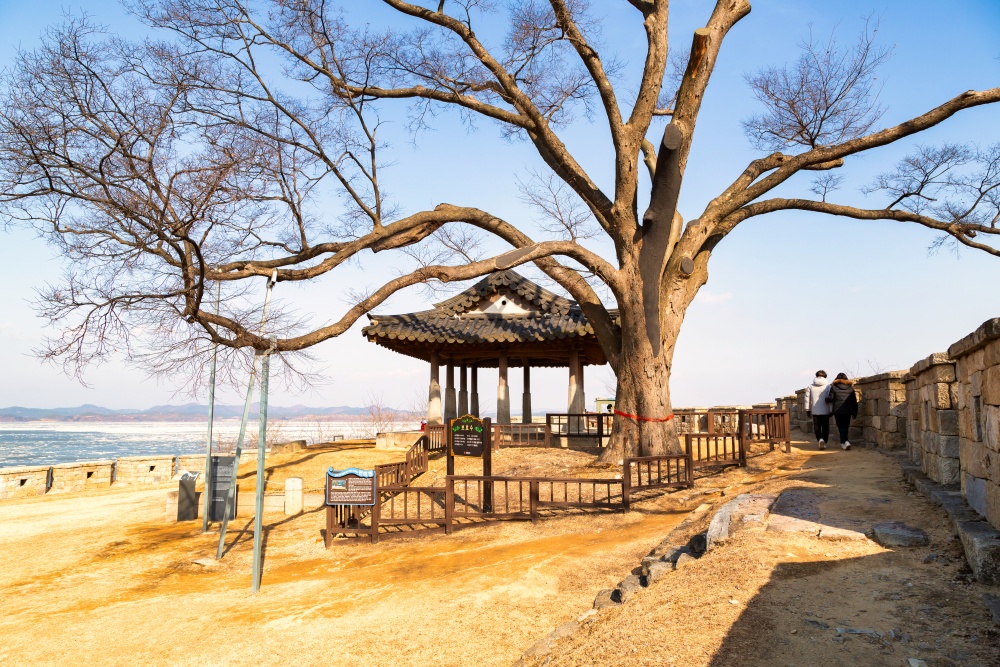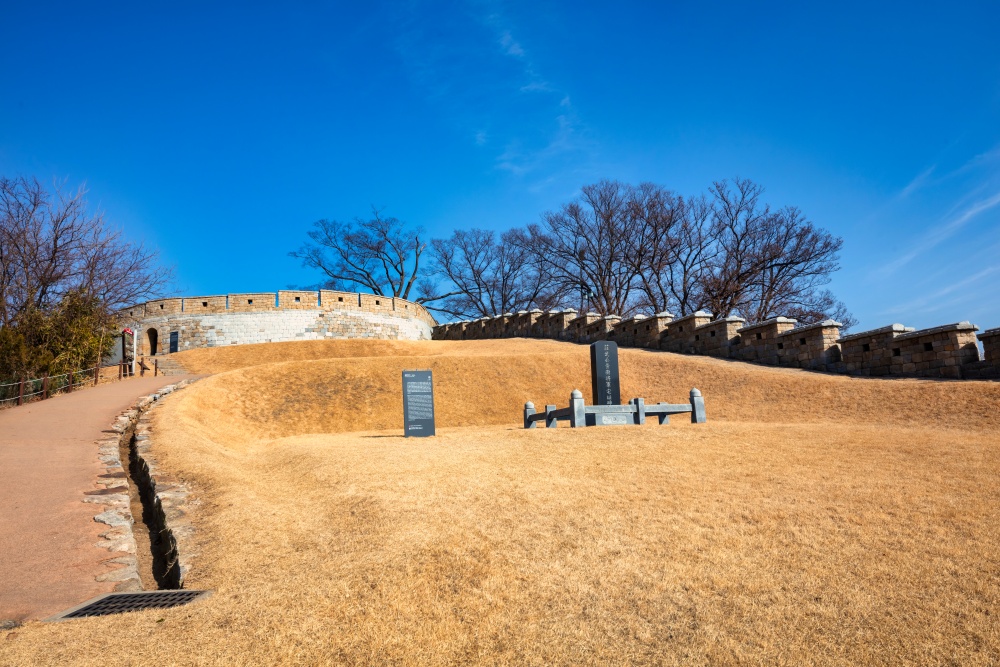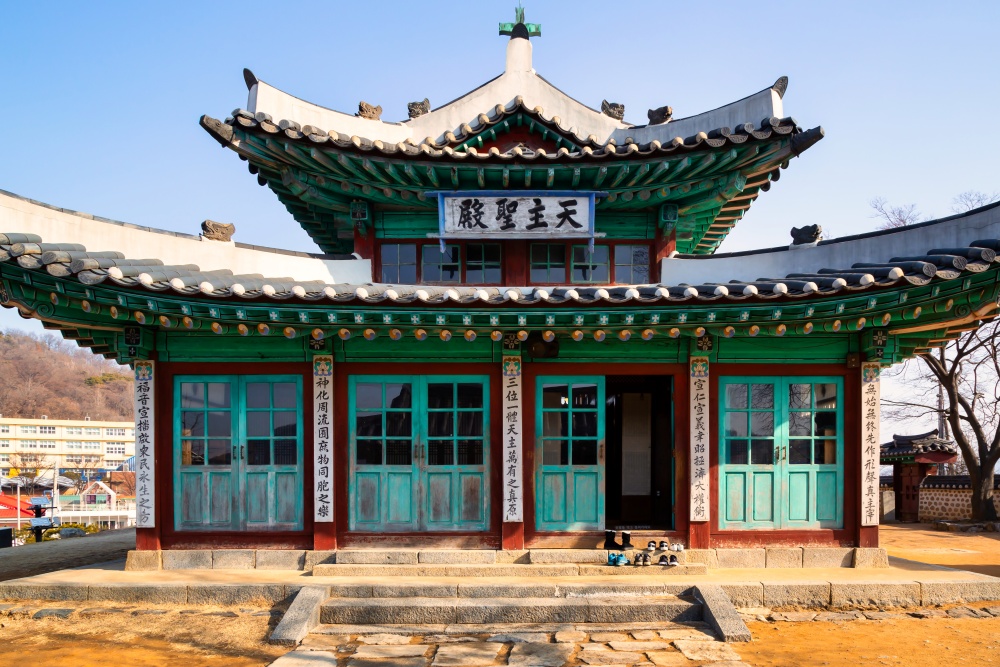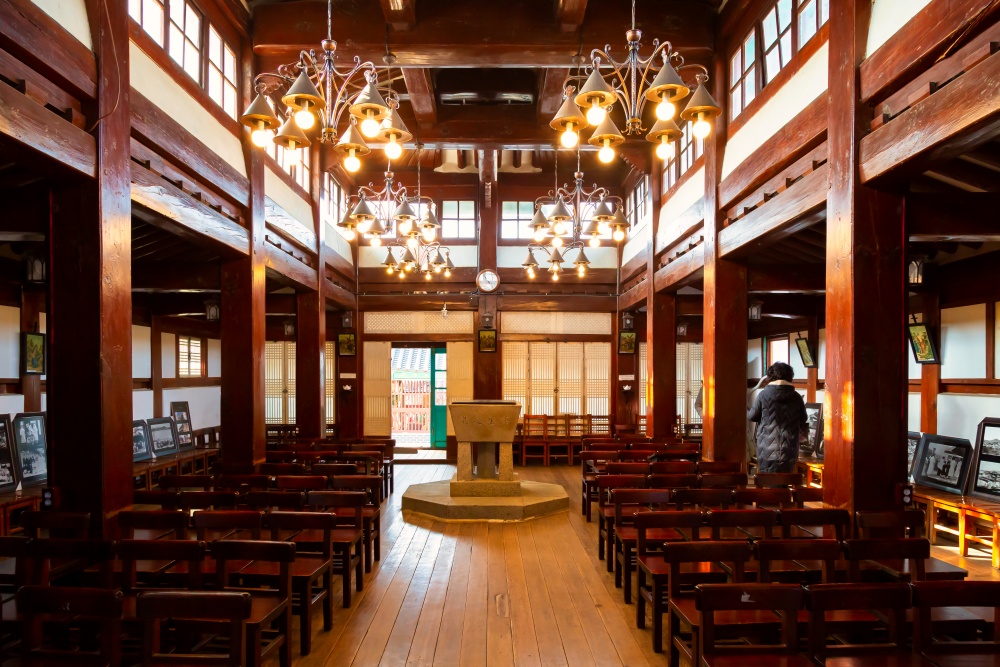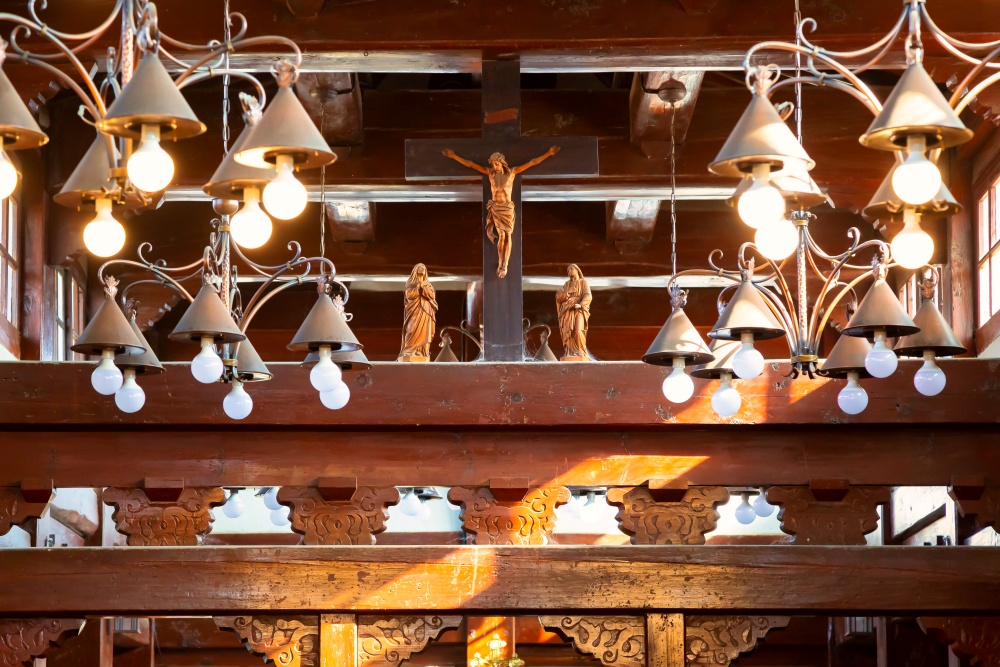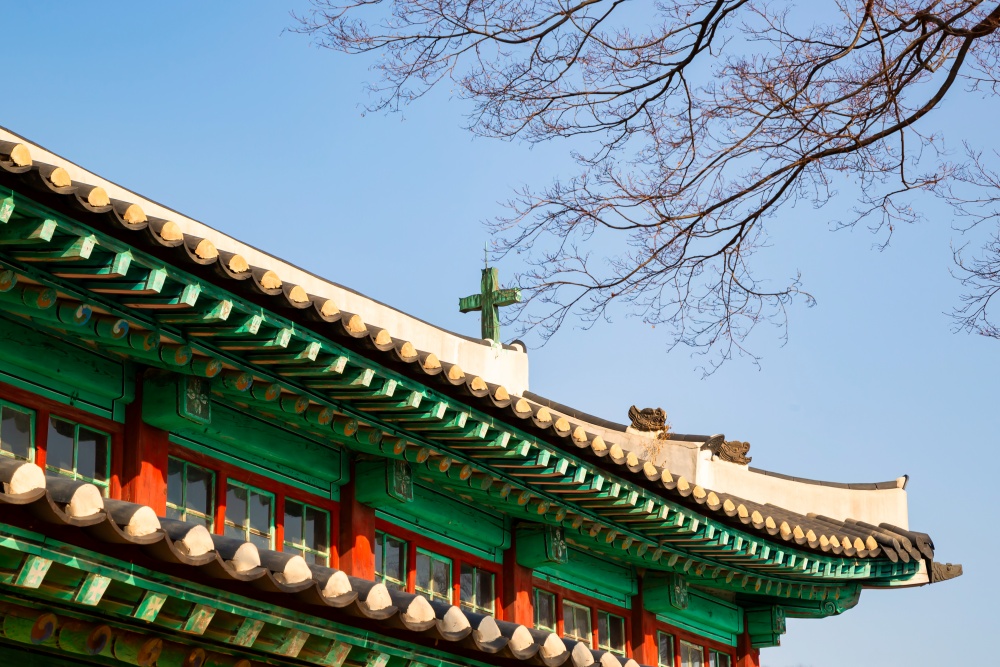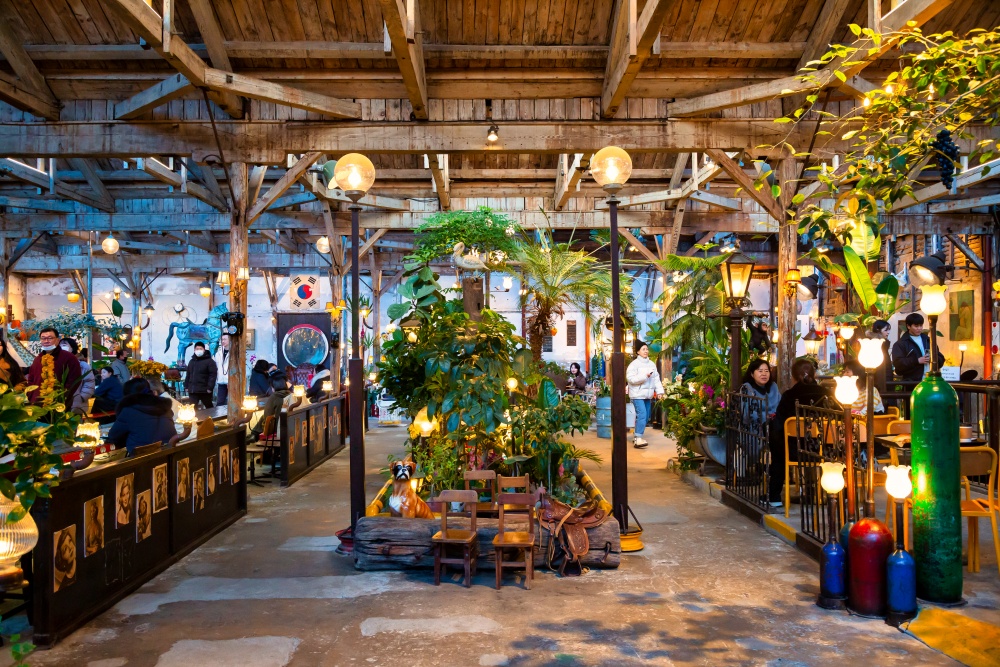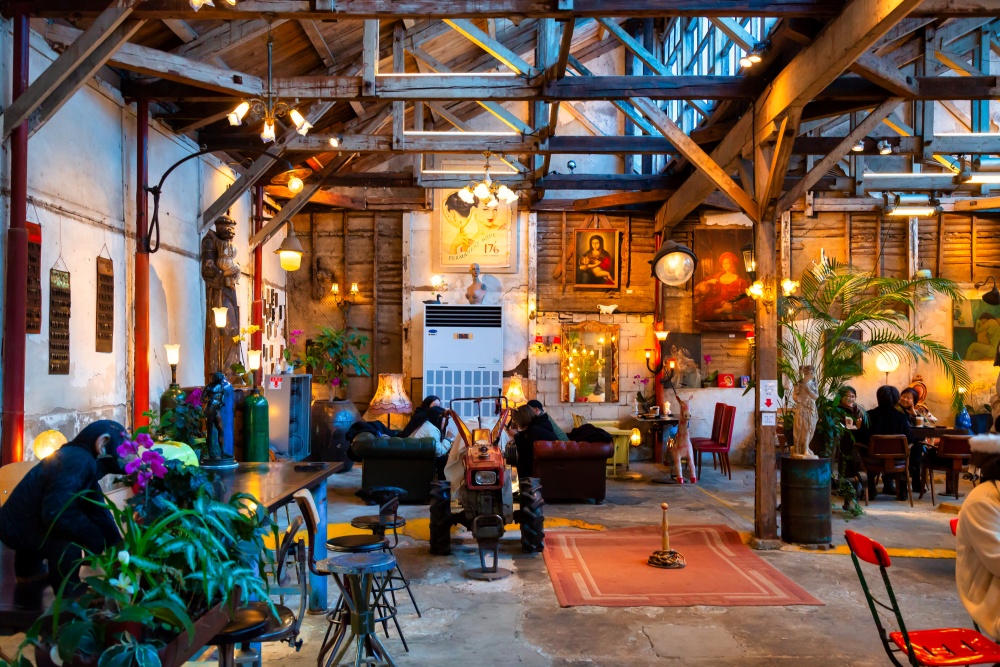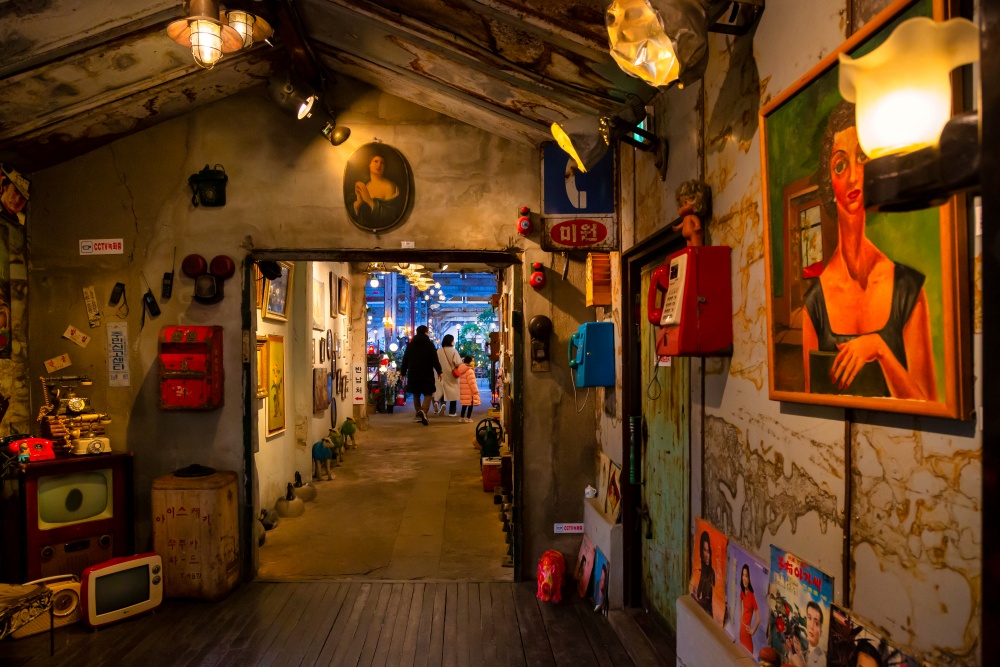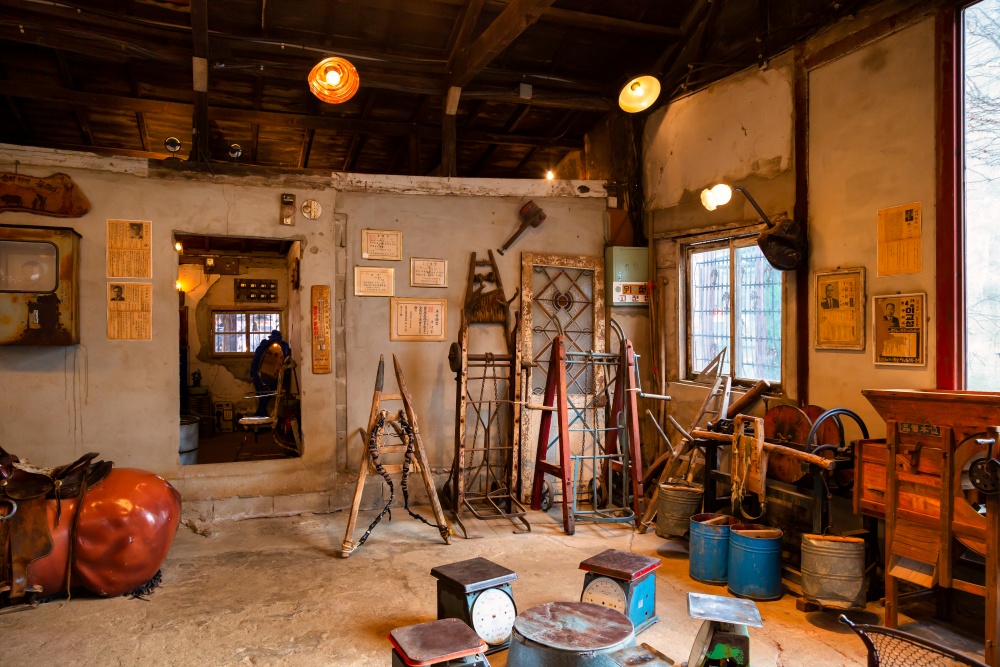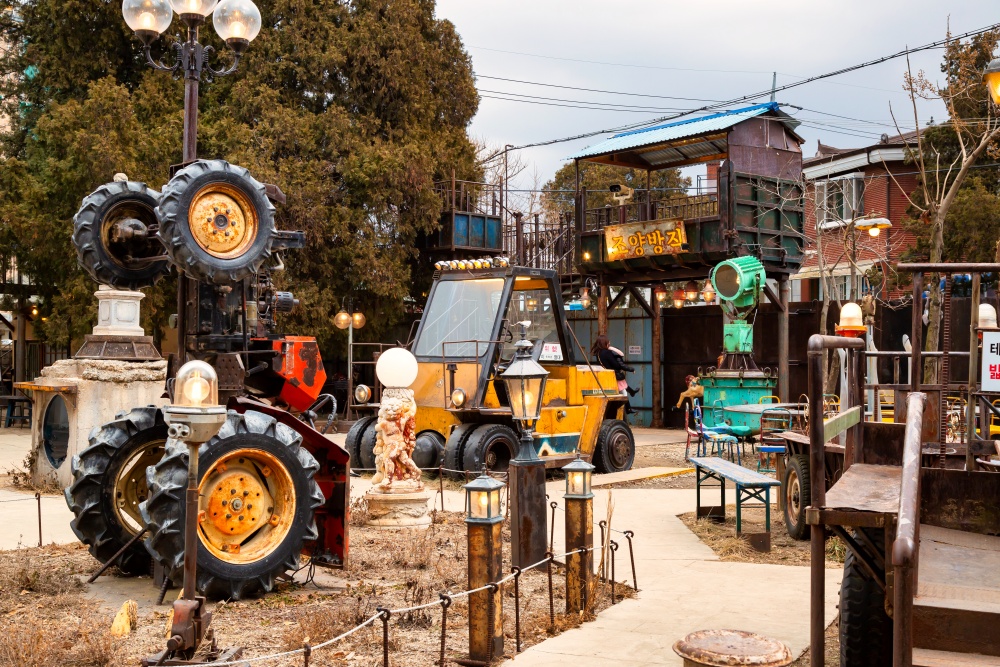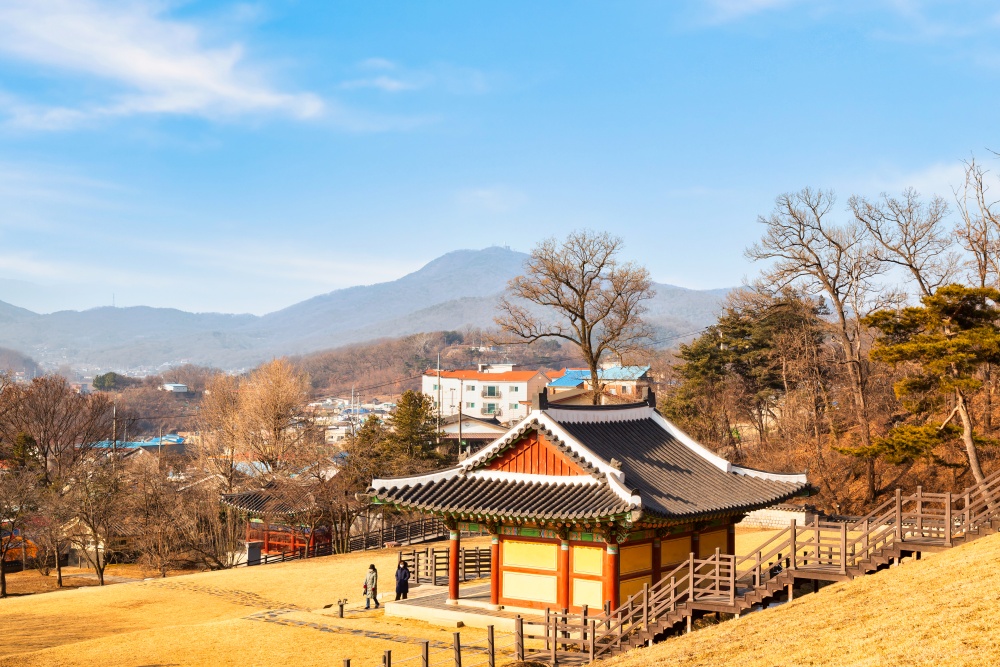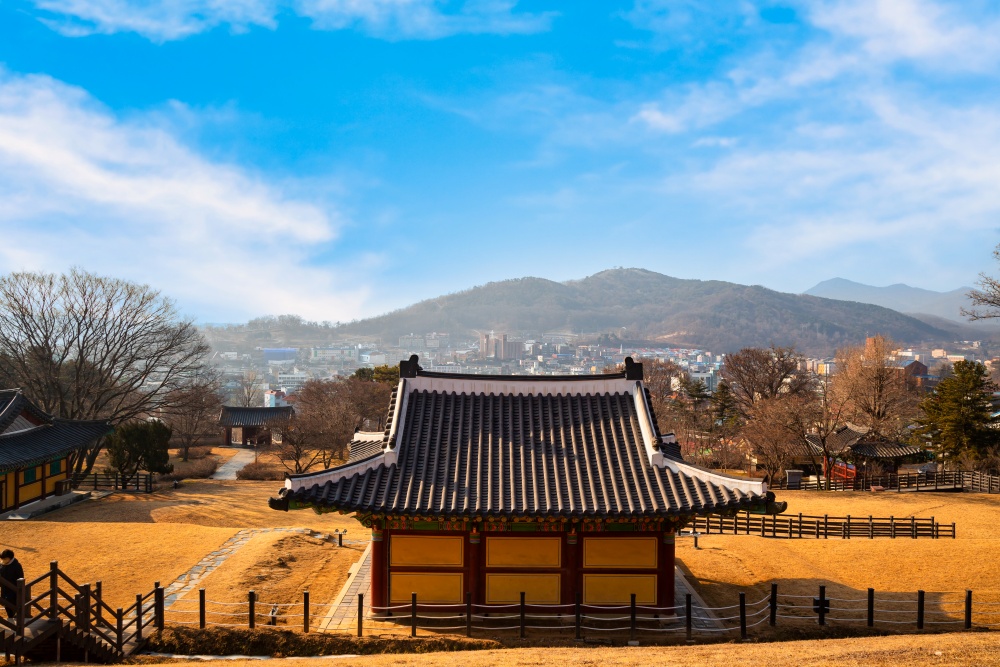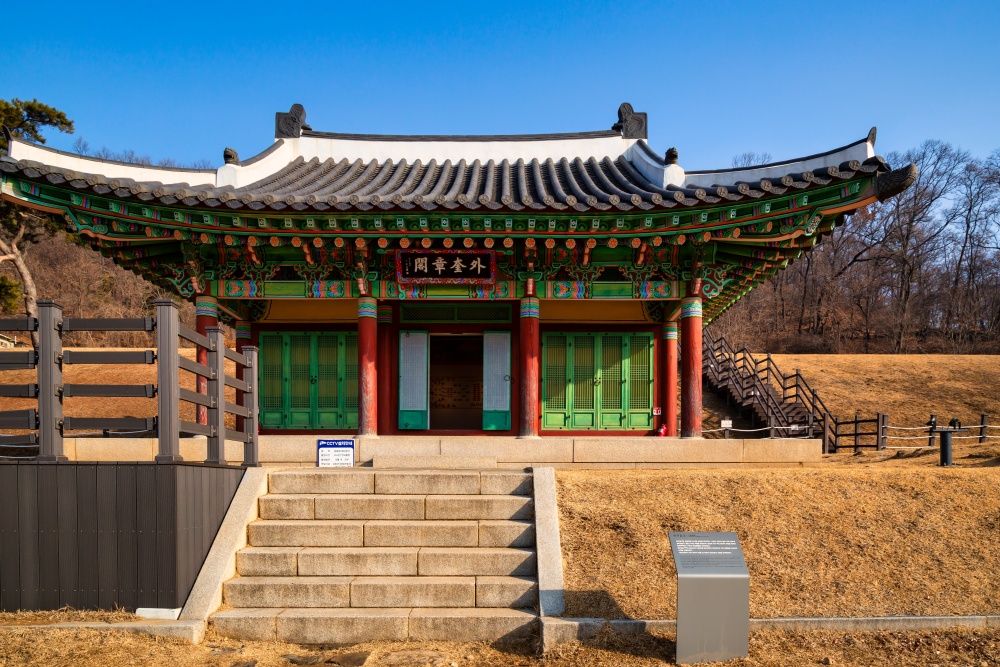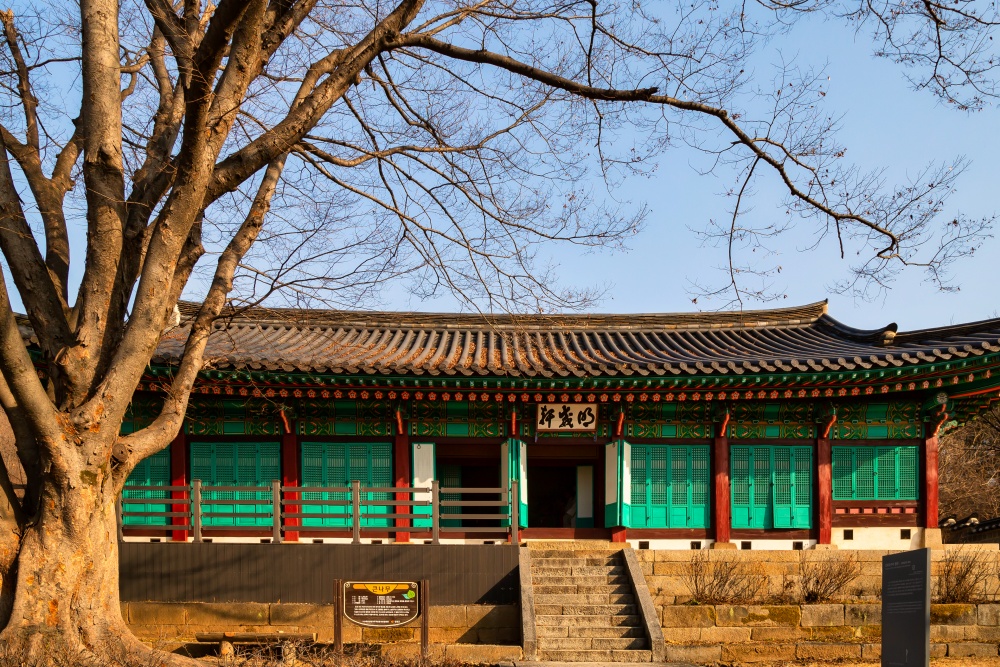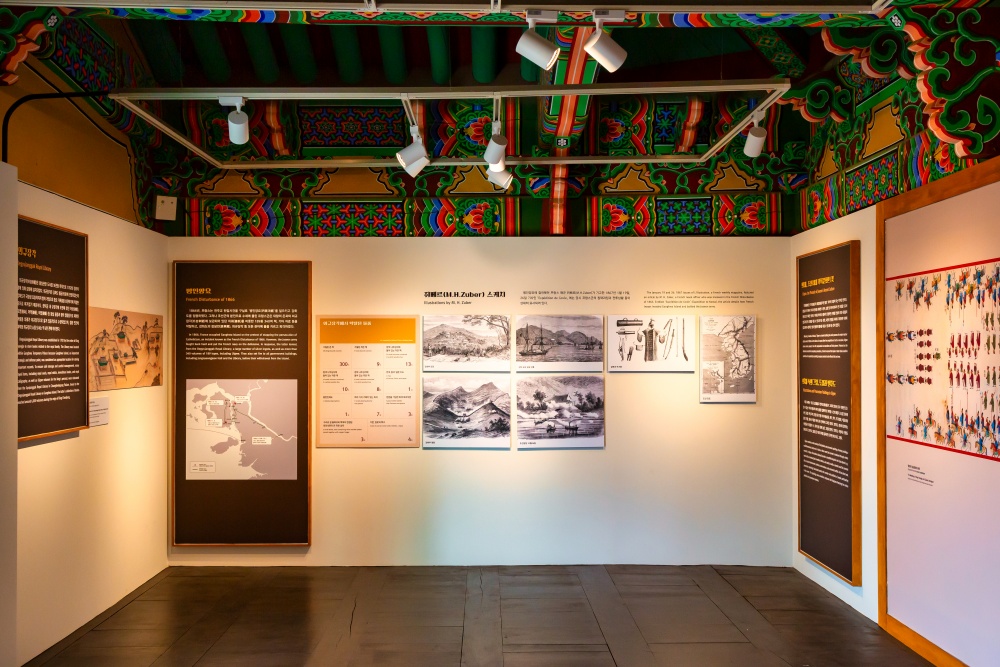Ganghwado Island is also known as “a museum without a roof” because of its various historical relics.
Here, we’ll introduce five destinations you can easily visit in Ganghwado Island in a day from the metropolitan area.
Travel Course
- Gapgot Fortification
(Ganghwa War Museum)
- Yeonmijeong Pavilion
- Ganghwa Anglican Church
- Joyang Textile
- Goryeogung Palace Site
Gapgot Fortification (Ganghwa War Museum), the patriotic spirit defending against foreign intrusion
When you reach Gapgot Fortification upon crossing Ganghwadaegyo Bridge, you can easily feel time flow back to the past. Fortification refers to a small observatory and defense facility.
Gapgot Fortification is one of the 48 fortifications built in May 1679 (the 5th year of King Sukjong’s reign in the Joseon Dynasty). This place is the gateway to Ganghwado Island from the outside and has a heartbreaking history of foreign intrusion.
In September 1866 (the 3rd year of King Gojong’s reign), France’s far east fleet landed and captured Ganghwaseong and Munsusanseong Fortresses but drew back after being defeated at Jeongjoksanseong Battle by the troops led by General Yang Heonsu.
Kuroda Kiyotaka, ambassador and plenipotentiary of Japan, also came with six ships and concluded a coercive Japan-Korea Treaty of 1876, laying the responsibility for the Ganghwa Island incident on Korea.
The first modern treaty that Korea surrendered to Japan was the Japan-Korean Treaty of 1876. Although Gapgot Fortress was demolished afterward and a portion remained, it was restored to its old appearance in 1977.
The cannon being exhibited was the one used to fire upon the Japanese ships invading through the Ganghwa Strait. The Ganghwa War Museum is in the Gapgot Fortress.
It exhibits the history of the wars that occurred in Ganghwado Island, from ancient times up to the Korean War, including the intrusion of Goryeo by Mongolian troops and the War of the Righteous Army.
- Address 18, Haeandong-ro 1366beon-gil, Ganghwa-eup, Ganghwa-gun, Incheon
- Phone No. +82-32-930-7077
- Entrance Fee Free
Yeonmijeong Pavilion, a historical wound in a beautiful spot
Yeonmijeong is a pavilion built where the Hangang River, which flows from the northeast of Ganghwado Island, and the Imjingang River converge. You can see the pavilion on the hill when you enter the stable fortress.
Because the appearance of the water that flows under the pavilion resembled a swallow’s tail, it was named Yeonmijeong, using the characters, “yeon (swallow),” “mi (tail),” and “jeong (pavilion).”
The pavilion is three kan* in front and two kan on the side; the huge trees here make the place even better. As it is built on the top of the Wolgot Fortification, you can see even the Gaepung area of Hwanghae-do in the north on a fine day.
Although it is unclear when Yeonmijeong Pavilion was constructed, a record states King Gojong gathered students here to study.
* kan: a unit of measurement referring to the distance between two columns
- Address242, Wolgot-ri, Ganghwa-eup, Ganghwa-gun, Incheon
- Directions- 7 minutes by car from Gapgot Fortification
- 12 minutes by Bus No. 12 from the Youth Training Center Station → 15 minutes by Bus No. 10 (Ganghwa) from the Ganghwa-gun Office Station
- Phone No.+82-32-932-5464
- Entrance FeeFree
- ※ Yeonmijeong Pavilion is a restricted civilian area, so you can only enter upon presenting a personal ID and after it is verified.
Ganghwa Anglican Church, Korea’s first hanok cathedral
Ganghwa Anglican Church, built in 1900, is Korea’s first hanok (traditional Korean house) cathedral. The overall structure was designed using traditional Korean roof tiles, not western-style architecture.
It is a two-story building, and its appearance is reminiscent of a Buddhist temple rather than a cathedral. However, its layout and inner structure followed western Basilica-style construction methods, with two rows of columns dividing the inner structure into three.
A cross on the roof’s ridge and wooden pieces interlocking on the inner ceiling are elements that cross the boundaries of the West and the East. When visiting this place, you must not only stay in the cathedral building.
Although it appears like an ordinary mix of a hanok and a western cathedral, you can feel the Confucian and Buddhism atmospheres around the cathedral.
- Address10, Gwancheong-gil 27beon-gil, Ganghwa-eup, Ganghwa-gun, Incheon
- Directions18 minutes by Bus No. 10 from Yeonmijeong Station → 5 minutes on foot
- Phone No. +82-32-934-6171
- Entrance FeeFree
Joyang Textile, where abandoned textile revives all the rage
As you can guess from its name, Joyang Textile is a textile factory. Although it is now a café that many people visit, it is also a historical place built with the national capital in 1937 during the Japanese occupation.
Until after the liberation of Korea, Ganghwa was among the three national textile cities. There were around 60 textile factories, but as synthetic and artificial textiles became popular in the late 1970s, most factories stopped their operations.
Joyang Textile, once an old, abandoned factory for decades, was renovated into a unique café after undergoing repairs a few years ago. The café’s façade, left on the cement building’s exterior, elicits feelings on the flow of time.
Moreover, the tables inside used in the past were made into worktables. The sewing machines and chairs no longer in use depict the uniqueness of Joyang Textile.
Various paintings on the wall and photos of Joyang Textile when it was still in operation in 1954 harmonize with old bicycles, broken tractors, and a peeling red phone box, adding the vintage atmosphere.
- Address:12, Hyangnamu-gil 5beon-gil, Ganghwa-eup, Ganghwa-gun, Incheon
- Directions 11 minutes by Bus No. 11A (Ganghwa) from Jungang Market Station → 3 minutes on foot
- Phone No. +82-32-933-2192
- Signature Menu ItemAmericano, salt bread
Goryeogung Palace Site, a walk along the old palace remnants
Goryeogung Palace Site is a historical site where you can glimpse the spirits of the Korean people who defended against endless foreign intrusions. It was built in 1232 when Goryeo moved the capital to Ganghwado Island because of the Mongolian invasion.
Afterward, it was used as Goryeo’s royal palace for 39 years during the period of the struggle against the Mongols, and when the king of Goryeo moved back to Gaeseong after a peace treaty (1270), the entire palace and fortress were demolished at the request of the Mongolian army.
During the Joseon Dynasty, numerous official buildings were built here. Bongseonjeon Shrine (1622), the temporary palace (1631), the Yusu-bu Magistrate’s Office renovation (1638), Yusu-bu Ibangcheong (1654), Jangnyeongjeon Shrine (1695), and Mannyeongjeon Shrine (1713) were constructed with the appearance of a Joseon Dynasty palace.
However, Bongseonjeon Shrine was destroyed in a fire during the Second Manchu invasion of Korea (1636–1637). Oegyujanggak (1782), built to store documents related to the royal family, was also burnt down in the fire and the documents were stolen by the French army during the French Disturbance of 1866.
Currently, Oegyujanggak, restored in 2003, and the Magistrate’s Office and Ibangcheong of the Yusu-bu are all that remain now.
- Address394, Ganghwa-daero, Ganghwa-eup, Ganghwa-gun, Incheon
- Directions - 3 minutes by car from Joyang Textile
- 13 minutes on foot
- Phone No. +82-32-930-7078
- Entrance FeeFree



 1187
1187


